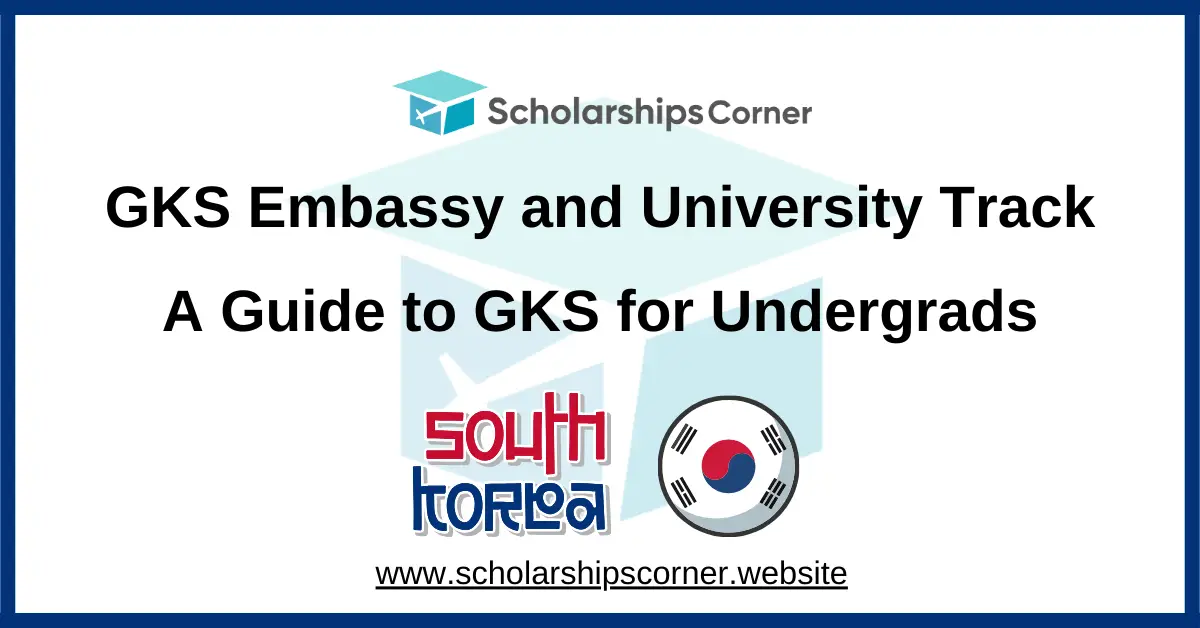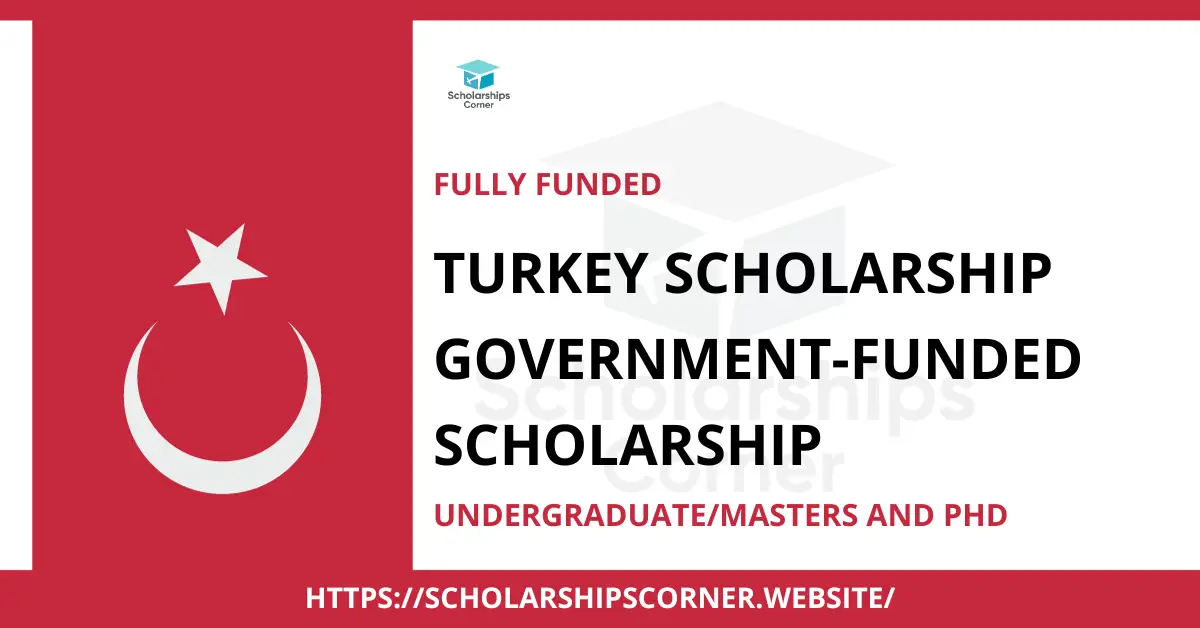The Global Korea Scholarship (GKS), also known as the Korean Government Scholarship, is one of the most prestigious opportunities for international students who dream of studying in South Korea for free. Funded by the Korean government, this program allows students to pursue undergraduate, associate, master’s, or doctoral degrees at top Korean universities completely free of cost. From tuition fees to airfare, living allowance, and Korean language training, almost every expense is covered making it a life-changing opportunity for talented students worldwide.
Every year, hundreds of international students are selected for GKS, and the competition is intense. To apply, students must go through one of two routes: the Embassy Track or the University Track. Both lead to the same benefits, but the application process, competition level, and strategy can differ. Understanding these differences is crucial for choosing the right path and increasing your chances of success.
This guide will walk you through how each track works, the updated 2026 quotas, and practical tips on deciding which path best suits you as an undergraduate applicant. Whether you are aiming for broader chances through the Embassy Track or a more targeted approach with the University Track, understanding the process clearly will help you prepare a stronger application and avoid common mistakes. By the end, you’ll have a clear picture of which route can maximize your chances of success in the Global Korea Scholarship 2026.
GKS Embassy and University Track | A Guide to GKS for Undergrads:
Host Country:
- South Korea
Funded By:
- Korean Government
Degree Level:
- Bachelor’s Degree
- Associate Degree
GKS Scholarships Program Quota for Undergraduate Students:
-
University Track: 130 Scholarships
- UIC: 100
- Associate Degree
-
Embassy Track: 50 scholars from 71 countries
- General: 82 scholars from 71 countries
- Overseas Koreans: 7 scholars from 7 countries
- R-GKS: 61 scholars from 56 countries

Difference between GKS Scholarship Embassy Track vs University Track:
In the Embassy Track, the process has three stages: first the embassy reviews your application, then NIIED conducts its evaluation, and finally the universities make the admission decision. In the University Track, the process is shorter, involving only two steps: the university makes its selection first, and NIIED confirms it afterwards.
Another important point to remember is the number of universities you can apply to. With the Embassy Track, you can select up to three universities, but you must be accepted by at least one of them to qualify. On the other hand, in the University Track, you can choose only one university, and your success depends entirely on being admitted to that institution.
| Feature | Embassy Track | University Track |
|---|---|---|
| Selection Steps | Embassy → NIIED → University | University → NIIED |
| Universities You Can Choose | Up to 3 (must include at least one Type B for General/Overseas Koreans) | 1 university only |
| Competition Pool | Applicants in your country first | Applicants worldwide to that university/major |
| Interviews | Possible at embassy and/or university | Common at university |
| Best For | Broader chances, average GPA, flexible on university | Targeting a specific university/major, strong fit with a lab/department |
| Risk | Can pass embassy/NIIED but miss all 3 universities | If the single university says no, you’re out |
Application and Selection Prcoess of the Global Korea Scholarship 2026:
GKS University Track Application
The GKS University Track is a direct way to apply for the Global Korea Scholarship (GKS). In this process, you apply straight to a Korean university instead of going through your country’s Korean embassy.
- Choose one university only – You can only apply to a single university and one department in that university. This means you must be very sure about your choice. Before applying, check the university’s official website to see the list of eligible majors, required documents, and deadlines. Some universities may also ask for additional materials such as a portfolio or certificates.
- First round of selection (University review) – The university carefully reviews your application and may also hold interviews. Since students from all over the world apply directly to the same university, this stage is usually very competitive. If the university accepts your application, it will recommend you for the scholarship.
- Second round of selection (NIIED review) – After the university recommends you, your documents are sent to NIIED (the National Institute for International Education), which manages the GKS program. NIIED checks that you meet all the scholarship rules, including eligibility, quotas for your country, and overall quality. If you pass this stage, you officially become a GKS scholar.
GKS Embassy Track Application
The Embassy Track goes through the Korean Embassy in your country, and the process has more steps than the University Track. The main advantage here is that you can apply to up to three universities at once, which increases your chances of getting admitted.
- Apply through the Korean Embassy – Submit your documents to the Korean Embassy in your home country. You will list up to three universities in order of preference. At least one of your choices must be from the “Type B” list of universities (if required in that year’s guidelines).
- First round of selection (Embassy review) – The embassy checks your application based on academic performance, eligibility rules, and the quota for your country. If your country has only a few applicants, your chances may be higher. But in countries with many applicants (like Pakistan, India, or Nigeria), competition can be very tough.
- Second round of selection (NIIED review) – The embassy sends the recommended candidates to NIIED. Here, NIIED checks again to make sure everything meets their standards. Not all applicants forwarded by the embassy are guaranteed to pass.
- Third round of selection (University admission) – If NIIED approves, your application is sent to the three universities you selected. Each university decides whether to admit you. Some might interview you, while others only review documents. To win the scholarship, you must receive at least one admission offer from your chosen universities.

There isn’t one track that is best for everyone. The Embassy Track is safer because you can apply to more universities, while the University Track is faster but riskier since you only get one chance. Choose the one that matches your goals.
To for more details about Global Korea Scholarships 2026, Please visit:








